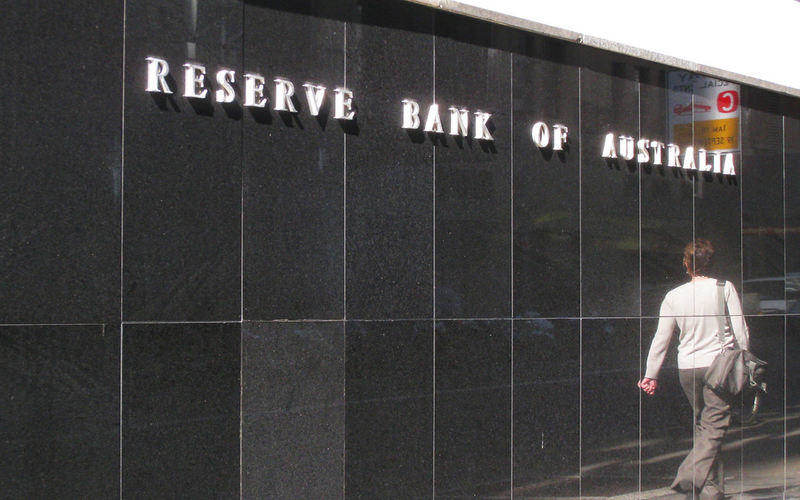Speaking via Webinar in a special session of Australia's financial regulators, Dr Lowe reiterated the importance of banks and lenders using their existing capital and liquidity buffers to help the Australian economy.
These buffers, strictly compulsory under Australian banking laws, essentially act as rainy day funds for the banks to keep topped up for use in case of an emergency.
"If there was ever a time to allow these buffers to be used, now is that time," Dr Lowe said.
"We should not expect to see capital buffers be maintained during a once-in-a-century shock.
"These buffers have been built up to be utilised in events such as this, and some reduction in capital ratios is entirely appropriate as lenders support their customers through this difficult period."
Buying a home or looking to refinance? The table below features home loans with some of the lowest variable interest rates on the market for owner occupiers.
| Lender | Home Loan | Interest Rate | Comparison Rate* | Monthly Repayment | Repayment type | Rate Type | Offset | Redraw | Ongoing Fees | Upfront Fees | Max LVR | Lump Sum Repayment | Extra Repayments | Split Loan Option | Tags | Features | Link | Compare | Promoted Product | Disclosure |
|---|---|---|---|---|---|---|---|---|---|---|---|---|---|---|---|---|---|---|---|---|
5.54% p.a. | 5.58% p.a. | $2,852 | Principal & Interest | Variable | $0 | $530 | 90% |
| Promoted | Disclosure | ||||||||||
5.49% p.a. | 5.40% p.a. | $2,836 | Principal & Interest | Variable | $0 | $0 | 80% |
| Promoted | Disclosure | ||||||||||
5.64% p.a. | 5.89% p.a. | $2,883 | Principal & Interest | Variable | $250 | $250 | 60% |
| Promoted | Disclosure | ||||||||||
5.64% p.a. | 5.89% p.a. | $2,883 | Principal & Interest | Variable | $248 | $350 | 60% |
| Disclosure |
Dr Lowe spoke on behalf of the Council of Financial Regulators, which includes the likes of the Australian Prudential Regulation Authority (APRA), The Australian Securities and Investments Commission (ASIC), the Australian Treasury and the RBA.
"We are living through the biggest and the most sudden economic contraction since the 1930s," he said.
"Last week we had a stark reminder of the very human cost of these efforts, with almost 600,000 jobs lost in April and more than 750,000 Australians on zero hours. All up, total hours worked in Australia fell by an unprecedented 9 per cent in April.
"One obvious source of uncertainty is the pace at which the various restrictions are eased. The faster that the restrictions can be lifted safely, the sooner and stronger the economic bounce-back will be and the less economic scarring will take place."
He said it is important that banks continue to support the flow of credit into the economy, as consumer confidence does not appear to be high despite the economy beginning to reopen, and that people have large degrees of uncertainty about the health of their own finances.
"It is interesting that the initial evidence is that countries that have had fewer restrictions are also experiencing very large contractions in economic activity," he said.
"This suggests that voluntary decisions that people have made in response to the uncertainty about their health and their finances is also playing a major role.
"In the face of this uncertainty, people have been reluctant to go out and spend and businesses have been reluctant to invest."
Dr Lowe also said there's a limit to what can be achieved through monetary policy, such as cash rate cuts, highlighting the important role Australia's financial institutions have to play in helping the economy emerge from COVID-19.
"As part of this effort, it is both understandable and desirable that lenders draw on the buffers that were built up in better times," he said.
"It is in the banks' own interest and in the interest of the broader Australian community that banks support their customers now and also support them in the recovery phase when credit will be needed so that businesses can once again expand."
APRA Chairman Wayne Byres shared Dr Lowe's opinion, and said that the strength of Australia's financial system has been critical to its COVID-19 response.
"That strength is the product of a concerted and persistent effort by the industry, reinforced by regulators, to build-up resilience during the good times," Mr Byres said.
"The age-old adage of saving for a rainy day is never more apt than now. We’re glad we did it, even though it wasn’t always easy or popular at the time."
ASIC Chair James Shipton meanwhile said it expects banks and lenders to continue to treat customers fairly during and after the COVID-19 crisis.
"There has never been a greater need for the financial services industry to live up to the professional expectations of the community," he said.
"More than ever before, we – and the community – expect financial services professionals to perform their crucial roles competently and conscientiously."
Australian banks have already done a lot to support Australians during the coronavirus crisis, with the Australian Banking Association (ABA) reporting that its 22 member banks have deferred payments of nearly half a million mortgages.
In total, ABA member banks have deferred a total of 643,000 loans worth more than $200 billion.

Ready, Set, Buy!
Learn everything you need to know about buying property – from choosing the right property and home loan, to the purchasing process, tips to save money and more!
With bonus Q&A sheet and Crossword!







 Denise Raward
Denise Raward
 Harry O'Sullivan
Harry O'Sullivan

 William Jolly
William Jolly


